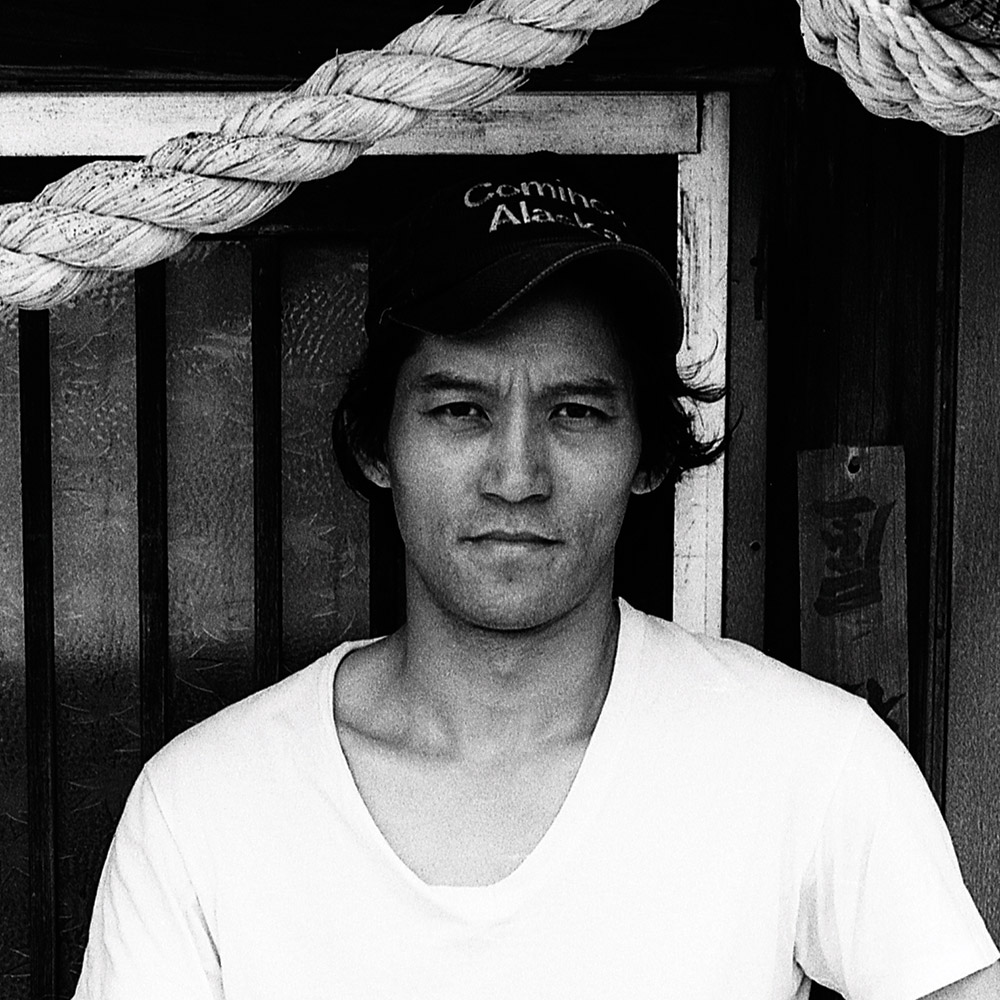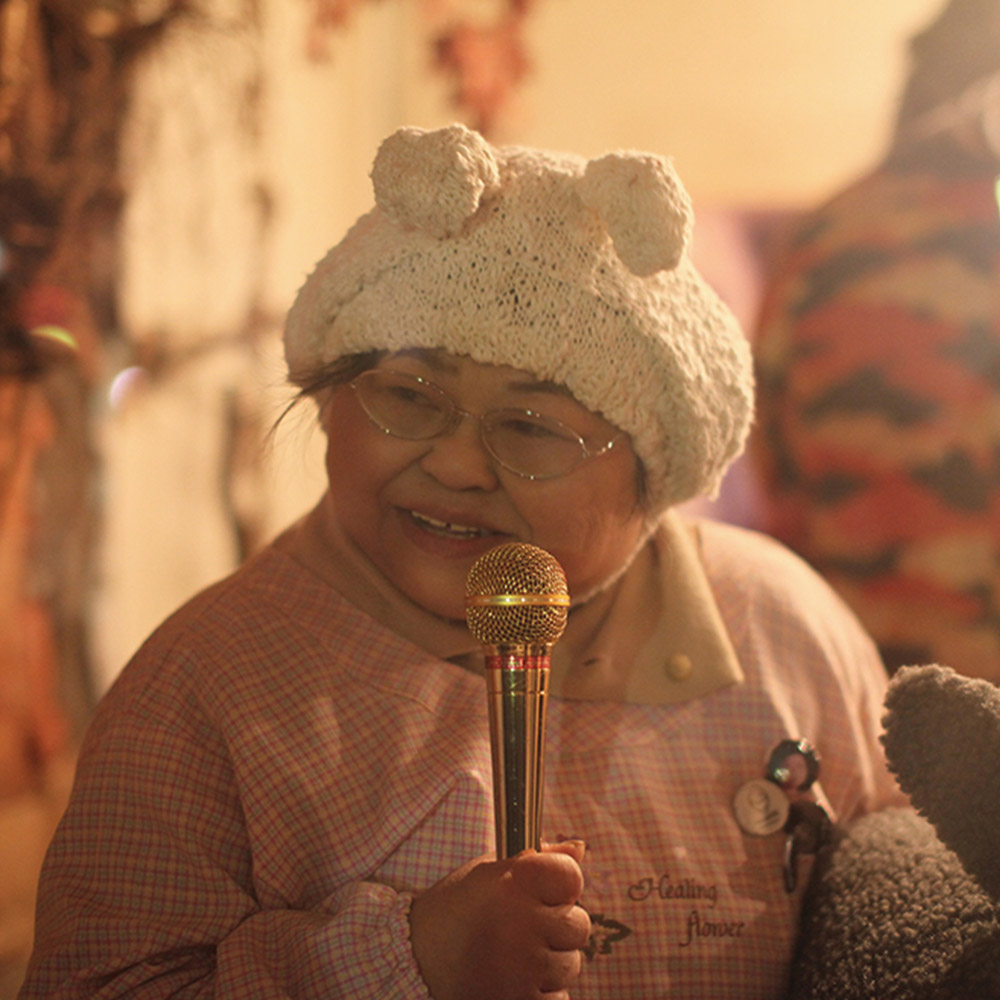The Washingtown is an organization with a passionate interest in savoring the things which have been forgotten over time. It aims to carry out activities and to provide an environment that will generate empathy and appreciation for neglected creations and ideas, and to pass them on to future generations. It was launched by the artist Katsunobu Yaguchi in 2008, when he opened Café Washingtown and the Very Trendy Shop, which were initially set up for just a month in an abandoned house scheduled for demolition, in Mito-city. This month-long project led to the postponement of the planned demolition, which sparked a series of neighborhood events, projects and community newsletters, while also keeping the café open. In 2013, the house was pulled down, leaving the ground floor exterior walls, and creating an outdoor space, ‘The Washingtown Site’. This has served as an alternative art space for workshops, film screenings and theatrical performances. In 2022, the Washington Architect Office was established, which has been working on preserving architecture built during the Showa period.
History
The Beginning (2008)
In October 2008, while searching for an ideal space for starting up an art project, Yaguchi encountered an old empty house which was under threat of demolition. The ground floor of the house had been a shop and a small restaurant, with the living quarters on the first floor. In the bed room, the fusuma, sliding doors covered with thick Japanese paper were decorated with colorful paintings of zashiki-warashi, mythical children who were believed to bring good luck. The landlord offered the place to Yaguchi rent free for a month until its demolition, which allowed him to open his own café and shop. He hung up a poster by the entrance door to notify passers by of the presence of zashiki-warashi and surrounded the entire house with shimenawa, a sacred twisted rope traditionally used to mark out a zone of sanctity. On the opening day of Café Washingtown an elderly woman named Ogane approached Yaguchi and handed him her own old omiai photo, which had been taken in preparation for matchmaking in her youth. Throughout the month strange things kept on happening, and finally on the last business day before its closure, the landlord came by to tell Yaguchi that he could hold onto the building a little longer. The planned demolition had been postponed.
The First Period (2009-2013)
In December 2008 Yaguchi came up with the idea of holding a community festival and creating posters from the omiai photo given by Ogane. He visited her to ask for permission, and she immediately said, ‘Go ahead and use it just as you need to. My name is Keiko Ogane, which means a fortunate child with a large sum of money (in kanji).’ At that moment Yaguchi was convinced that she was a real-life zashiki-warashi, and from then on, as if pushed forward by some sort of invisible force, he worked energetically on the project, organizing the Washingtown Festival, publishing the Washingtown Newspaper, with its news of the neighborhood, as well as numerous other activities designed to appeal to people of all ages, while also running the café.
The Turning Point (2013)
In 2013, Café Washingtown finally faced demolition. The house had originally been built by the landlord’s grandfather, Kamejiro, using building materials gleaned from the ruins of the inner city of Mito, which had suffered air raids and been burned to the ground during World War II. As the city recovered, the area prospered, partly through renovations conducted by Kamejiro himself. The demolition of Kamejiro’s house was undertaken by Yaguchi personally, taking on the task manually without any power tools, with the idea of retracing the history of the building. He halted the demolition work when only the ground floor exterior walls remained, creating ‘The Washingtown Site’, a new alternative art space.
The Second Period (2014-2017)
Following the demolition of Café Washingtown, when the gatherings at the café came to an end, Yaguchi became increasingly involved in his own artistic practice. He began to exhibit his own performance works and plays at the Washingtown Site while it was undergoing repair. He was also put in charge of managing two other abandoned houses behind the site and renovated them into a new café and his atelier.
In 2017, the Keiko Ogane Gallery was founded, with the appointment of Keiko Ogane, who had become a leading light of the Washingtown, as the head of the gallery. The gallery was invited to Paris Photo, which was the world's largest art fair dedicated to photography, where they showcased numerous documentary images and films depicting the demolition works of Café Washingtown. It was Keiko Ogane’s second ever experience of international travel.
The Third Period (2018-present)
In May 2018 a new café was opened, while the Washingtown Site was undergoing repair. Although since 2020 it has been faced with daunting challenges, because of the COVID-19 pandemic, there have been new developments and initiatives. In 2022 the Washingtown Architect Office was set up, with the aim of preserving architecture from the Showa period (1926-1989), making expert use of the knowledge and skills acquired during earlier work at Washingtown, and bringing new stages of development.






































































